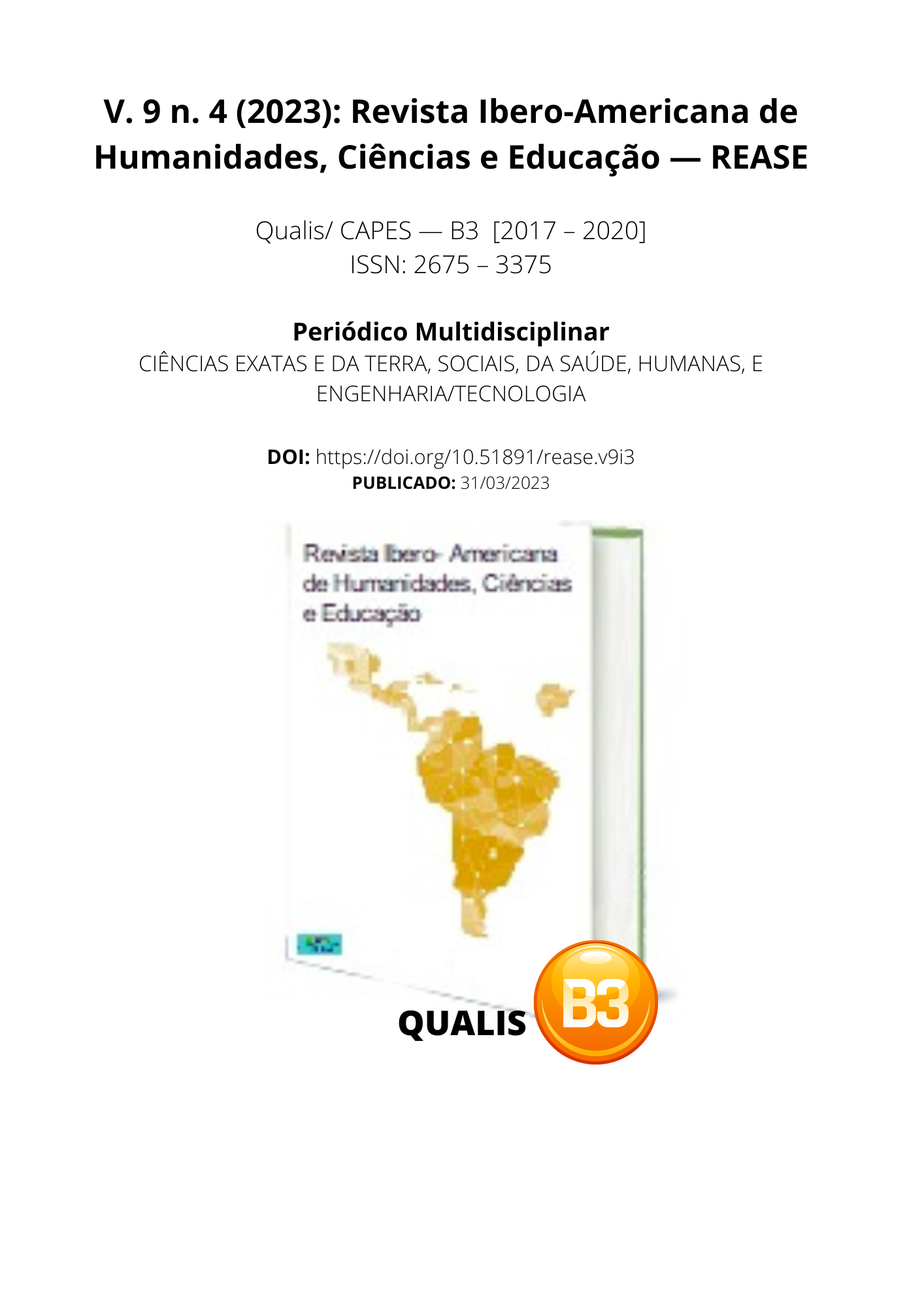ALTERNATIVE COMMUNICATION AS A SUPPORT FOR INCLUSION
DOI:
https://doi.org/10.51891/rease.v9i4.9253Keywords:
Assistive Technology. Alternative Communication. Special Educational Needs. Inclusion. Schooling.Abstract
This article aims to discuss the importance of the use of Assistive Technology, in particular Alternative Communication, for the evaluation of learning of students with disabilities, enabling a better performance of students with special educational needs. For inclusion to occur, we must start from the premise that the school needs to rethink its schooling process, perform curricular adaptation, develop specific and individualized pedagogical proposals. The use of technology focused on Alternative Communication (AC) contributes significantly to the social interaction of all individuals who need resources to feel equally inserted before society. To build a school that respects diversity, where inclusion is a key part in educational practice, it must seek to meet in the best way, all students respecting their particularities, in the search for continuous improvements. In addition, the promotion of continuing training for teachers is a primary factor for inclusion to become effective, based on a restructuring of the school curriculum focused on the student's educational progress.
Downloads
Downloads
Published
How to Cite
Issue
Section
Categories
License
Atribuição CC BY

